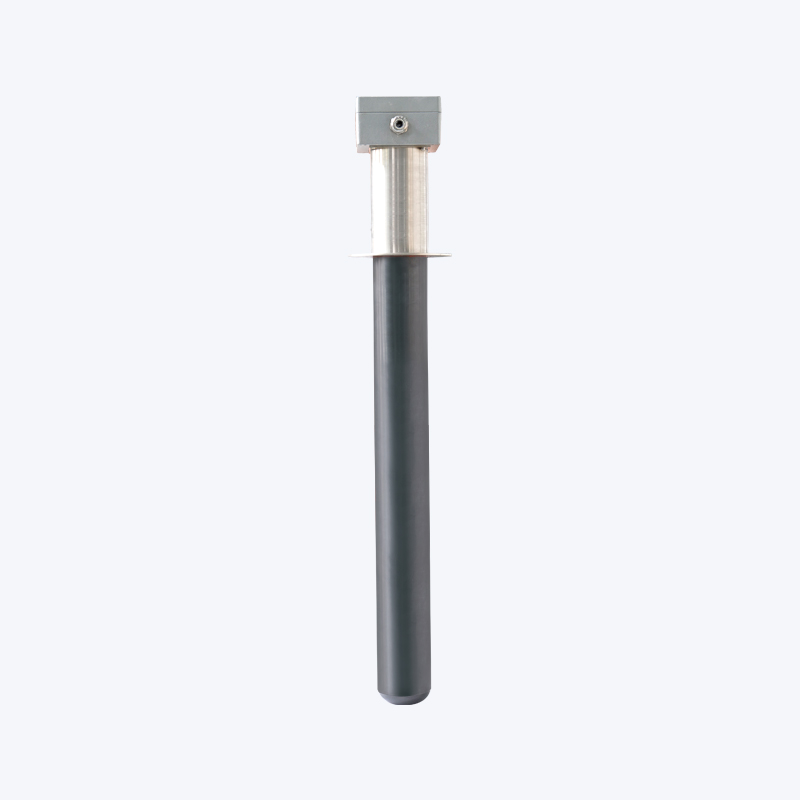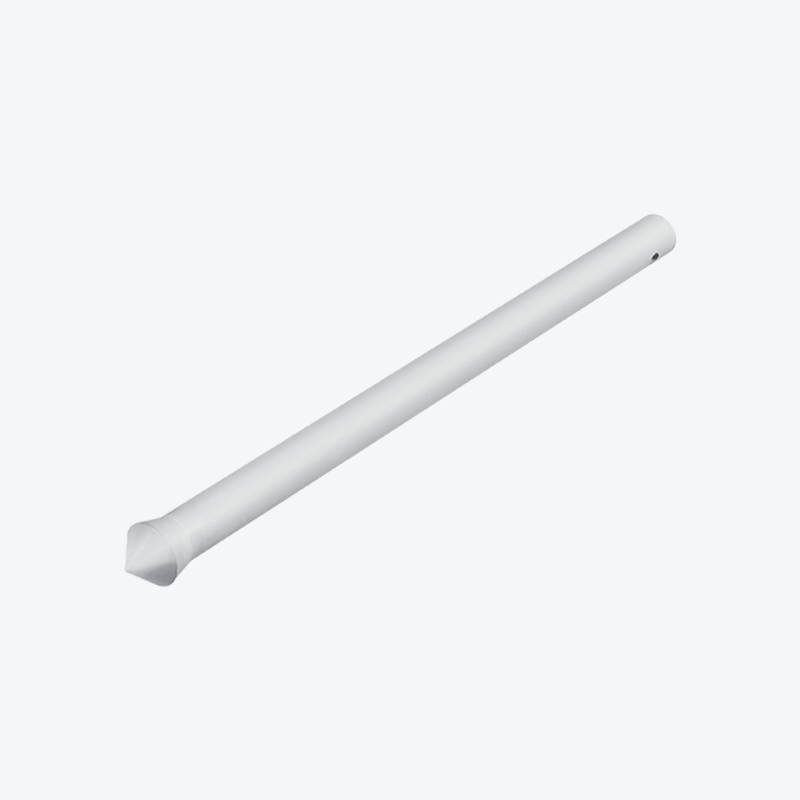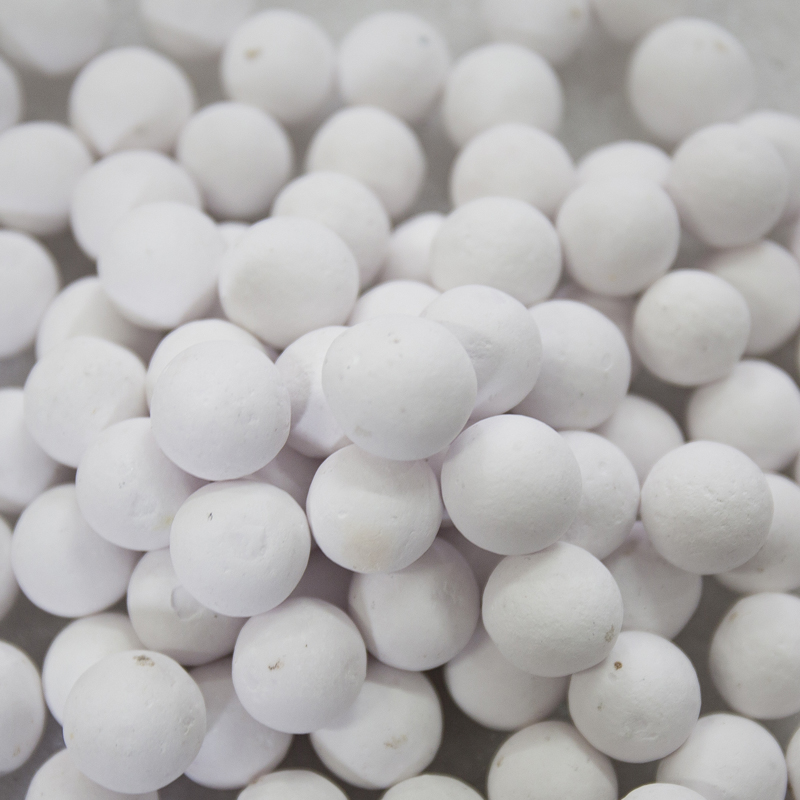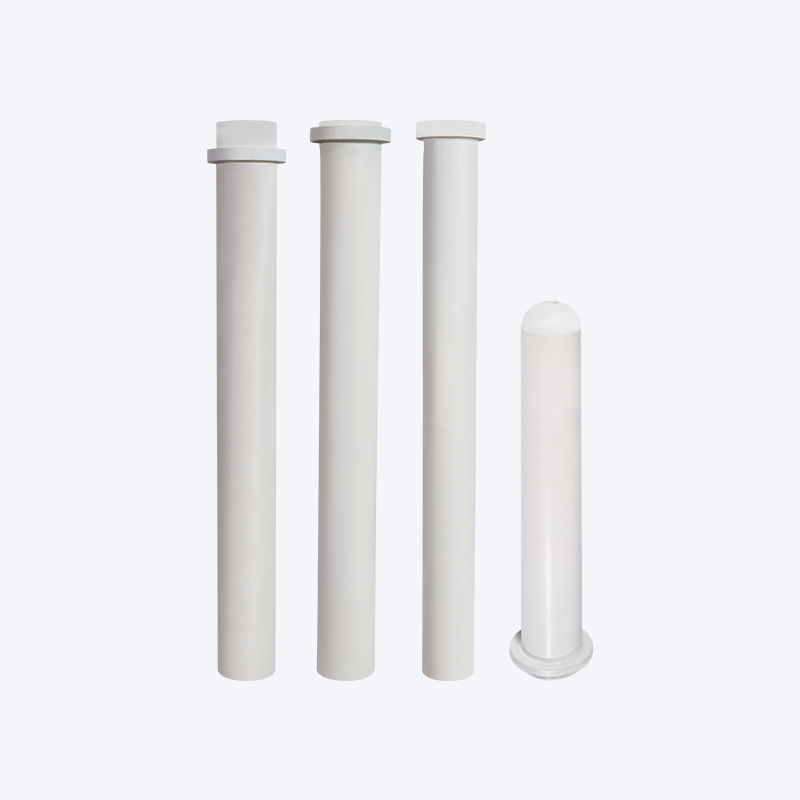What is an Aluminium Immersion Heater and How Does It Work?
An aluminium immersion heater is an electrical heating device designed to be directly immersed into a liquid medium—such as water, oil, or industrial fluids—to transfer heat efficiently. These heaters utilize aluminium as the outer sheath material, chosen for its excellent thermal conductivity, lightweight properties, and affordability. They are widely used in various industries including food processing, chemical manufacturing, HVAC systems, and water treatment facilities.
1. Structure and Components
An aluminium immersion heater typically consists of the following core elements:
Heating Element: The internal conductor is usually made of a high-resistance metal such as nichrome. This component is responsible for generating heat when electric current flows through it.
Aluminium Sheath: The heater’s exterior casing is made from aluminium, a metal known for its high thermal conductivity and quick heat dispersion. The sheath also acts as a barrier to protect the heating element from direct contact with liquids.
Electrical Terminals: These connect the heater to a power source and control unit.
Thermal Control Mechanisms: Many immersion heaters come equipped with thermostats, thermal cutoffs, or control panels to maintain a precise temperature range and ensure safety.
2. Working Principle
The operating mechanism of an aluminium immersion heater is based on resistive (Joule) heating:
Power Supply: Once connected to an electrical source, current passes through the internal resistance wire.
Heat Generation: The resistance to the electric current generates heat.
Heat Transfer: This heat is rapidly conducted to the aluminium sheath, which then transfers it efficiently to the surrounding fluid due to aluminium’s high thermal conductivity (~205 W/m·K).
Fluid Heating: The temperature of the fluid increases uniformly until the desired level is reached. The process can be automatically regulated by a thermostat.
Automatic Cut-off (if applicable): When the set temperature is achieved, the thermostat or control circuit cuts the power to avoid overheating.
3. Advantages of Aluminium Immersion Heaters
High Thermal Conductivity: Aluminium transfers heat faster than many other metals, reducing energy consumption and heating time.
Lightweight: Easier to install and transport compared to stainless steel or copper counterparts.
Cost-Effective: Aluminium is generally less expensive than stainless steel, making it suitable for budget-sensitive applications.
Quick Heat-Up Time: Shorter heating cycles enhance overall process efficiency.
Corrosion Resistance (Conditional): While aluminium is not as corrosion-resistant as stainless steel, it performs adequately in neutral or mildly aggressive liquids, especially with protective coatings or anodization.
4. Applications
Aluminium immersion heaters are found in diverse applications, including:
Domestic Water Heaters: Used in electric water heaters for residential use.
Industrial Fluid Heating: Including oil tanks, water treatment baths, and storage vessels.
Food and Beverage Industry: For heating cooking oils, cleaning solutions, and liquids.
Chemical Processing: Heating of non-aggressive chemical solutions in process tanks.
Agricultural Equipment: Water warming systems for animal husbandry and greenhouses.
5. Limitations and Considerations
Chemical Compatibility: Aluminium is not suitable for all liquids, especially highly acidic or alkaline solutions, unless coated or anodized.
Durability: While effective, aluminium may degrade faster than stainless steel in harsh environments.
Maintenance Needs: Regular inspection is necessary to avoid scaling or corrosion, which can impair efficiency.

Contact Us for Quotes and Prices!
Just let us know what you want, and we will get in touch with you as soon as possible!

 English
English 简体中文
简体中文












